Studio Formafantasma explores the intersection between material and culture.
DAN WIEDEN (US advertising executive)
Wieden is regarded as advertising royalty and is credited with coining the “Just Do It” tagline for Nike. He tells the audience he turns 70 on March 6.
Popular quotes:
- “You have to be able to fail if you’re going to do anything worthwhile. That’s the heart of their agency.” – Wieden
- “Walk in stupid every morning” – walk in like something big happened last night and you missed it so figure it out.
He says their ad agency’s (Wieden + Kennedy) success makes absolutely no sense.
How did they create an agency like this? Wieden talks the importance of the culture of the agency
On having a mission statement: Wieden says they never had one but they hired a CFO who insisted they create one. He locked the execs up until they came up with this one: Wieden + Kennedy exists to create strong provocative relationships between good companies and their customers.
- It’s the culture that lifts the people
- It’s the people that make the work
- It’s the work that creates the relationship between companies and their customers
Wieden believes that during extreme sensitivity anything that happens within an organisation can prove to be momentous.
Dan Wieden believes in chaos being critical to creativity. He says he’s addicted to it.
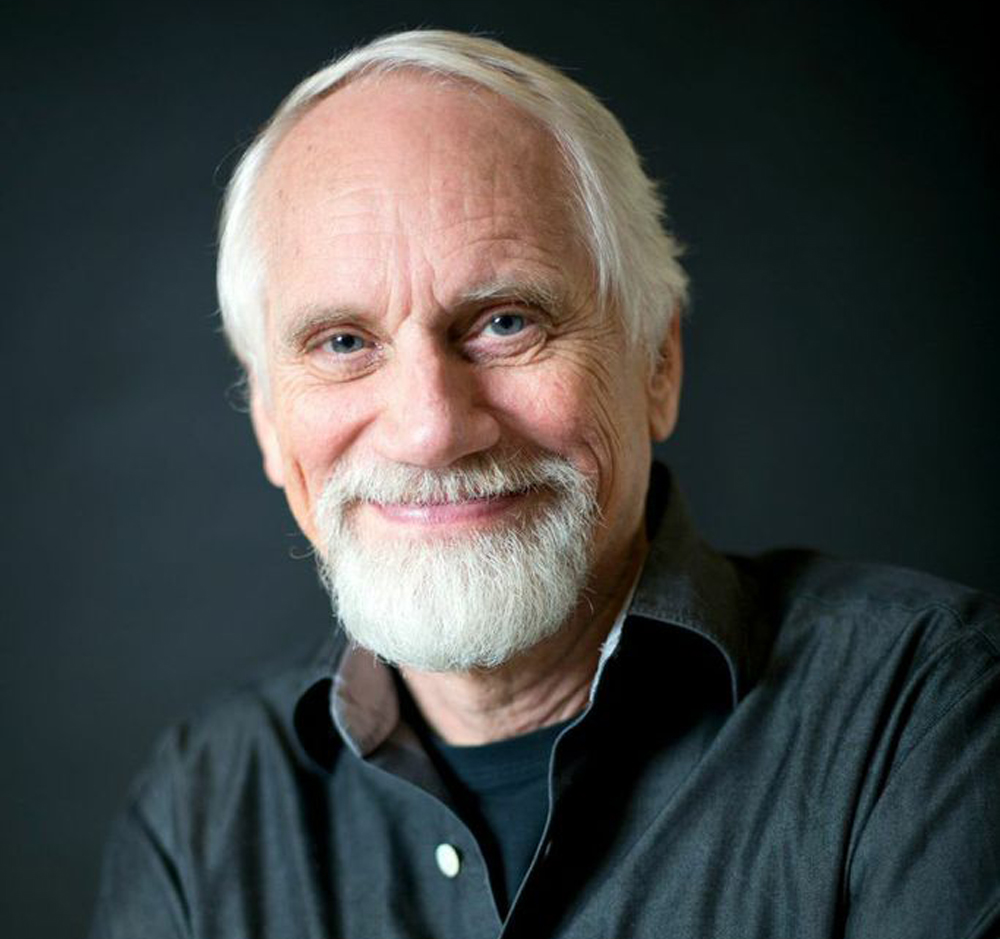
EMILY OBERMAN (multidisciplinary designer)
Emily Oberman has been working on Saturday Night Live (SNL) as long as Ravi Naidoo has been doing Design Indaba.
Popular quotes:
“I’m like this weird superfan [of Saturday Night Live].” – Oberman
“I’m also a big fan of New York.” – Oberman
“They do everything at SNL at the last minute, everything.” – Oberman
Things Oberman has learned about design from working on SNL for 20 years:
- “Re-inventing something over and over is hard but rewarding” – like cleaning up and refreshing the logo and graphics for SNL, as Oberman was tasked with.
- “If something is worth saying once it’s worth saying 100 times” much like the catch phrase … “live from New York, it’s Saturday Night!”
- “Even great clients don’t always choose the best options.” The lesson Oberman learnt was “don’t show anyone a logo you don’t want them to pick”.
- Always thank the cast and crew
- Everything you do should have a level of wit to it
- Always thanks the audience
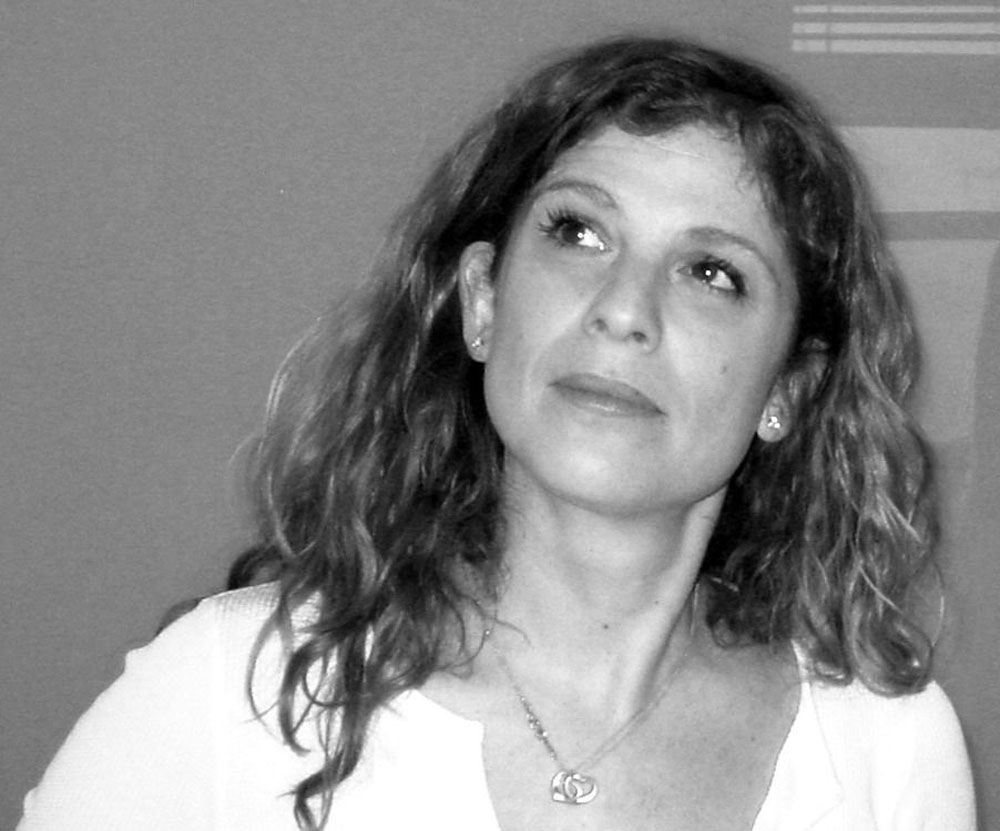
YONI BLOCH (musician, designer)
Yoni Bloch originally from the south of Israel. His mom is a painter; his father is a physicist. He used to crack audio recording software.
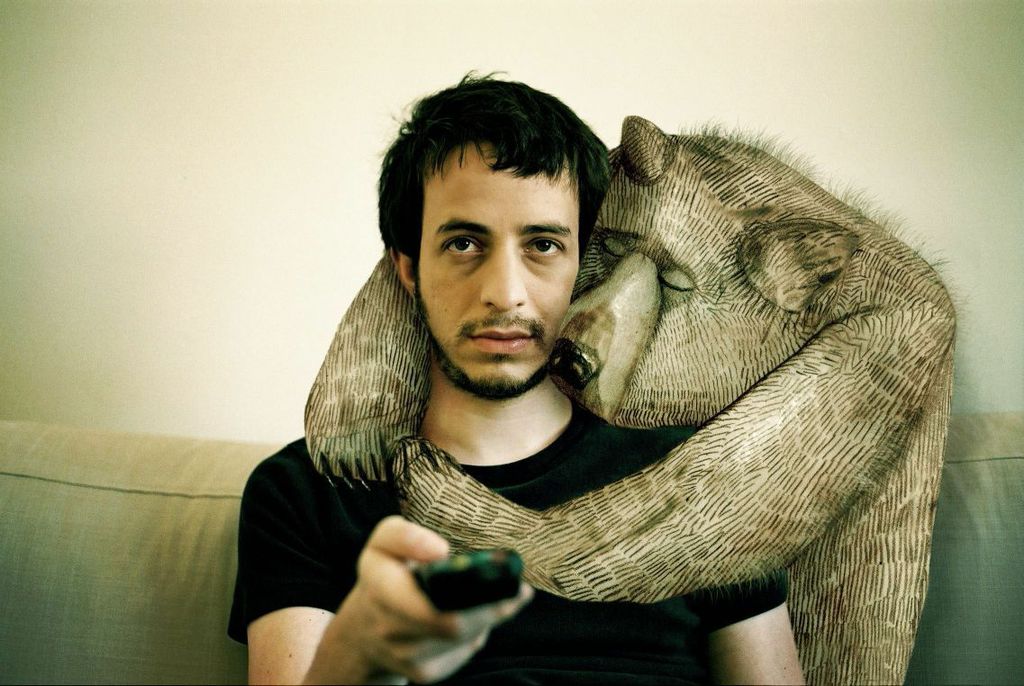
Uploaded his songs to this platform called Stage – similar to Myspace. Developed a following and even put on a show where 500 people came to watch him. They didn’t even know what he looked like.
He was a judge on the Israeli equivalent of American Idol. And he’s a signed artist –and started making videos with his band.
After telling the audience about the evolution of video, he shows us his video – that has 260 iterations – like a veritable “choose your own adventure” video where you can pick narratives and story lines. You click and follow the story while the song continues to play and get stuck in your ear.
You can choose which band member can play the solo, or sound from acoustic to electric … They shot the video in one night. But essentially, you as the viewer are making your own version of the video. Needless to say the video went viral.
From that idea, they created a platform called Treehouse so others can create their own interactive songs. He created a music video for Bob Dylan’s Like a Rolling Stone.
SINDISO KHUMALO (textile designer)
Read our interview with Khumalo here.
Khumalo studied architecture at UCT and worked at David Adjaye’s firm in London. She started cheating on architecture with fashion when she realised she was more preoccupied with what she was going to wear to work.
For her, her work is like a love letter between herself and her ancestory – past future and present conversation she’s constantly having.
She calls herself a serial collaborator and thanks all the participators.
Khumalo breaks down her work process as follows:
She got married a few years ago and had a traditional wedding for which she wore beautiful beads she was given. She replicated some of the bead pattern as a motif in her fabrics and earrings in her last collection. The motif doesn’t necessarily look like beadwork but it comes from that. It’s almost informed by Victoria Street market and art deco buildings (present).
She took part in Design Indaba three years ago and worked with Africa Ignite, an organisation that works with rural women in KZN – (essentially creating an economy – partnering them up with willing collaborators like Khumalo).
Open Desk is a group of designers in London. She collaborated with on a furniture unit – a stool and table unit – inspired by her son and another little friend too.
Khumalo debuted her new collection on stage: a conversation on memory and history – white on white print – the idea that a print used to live there.
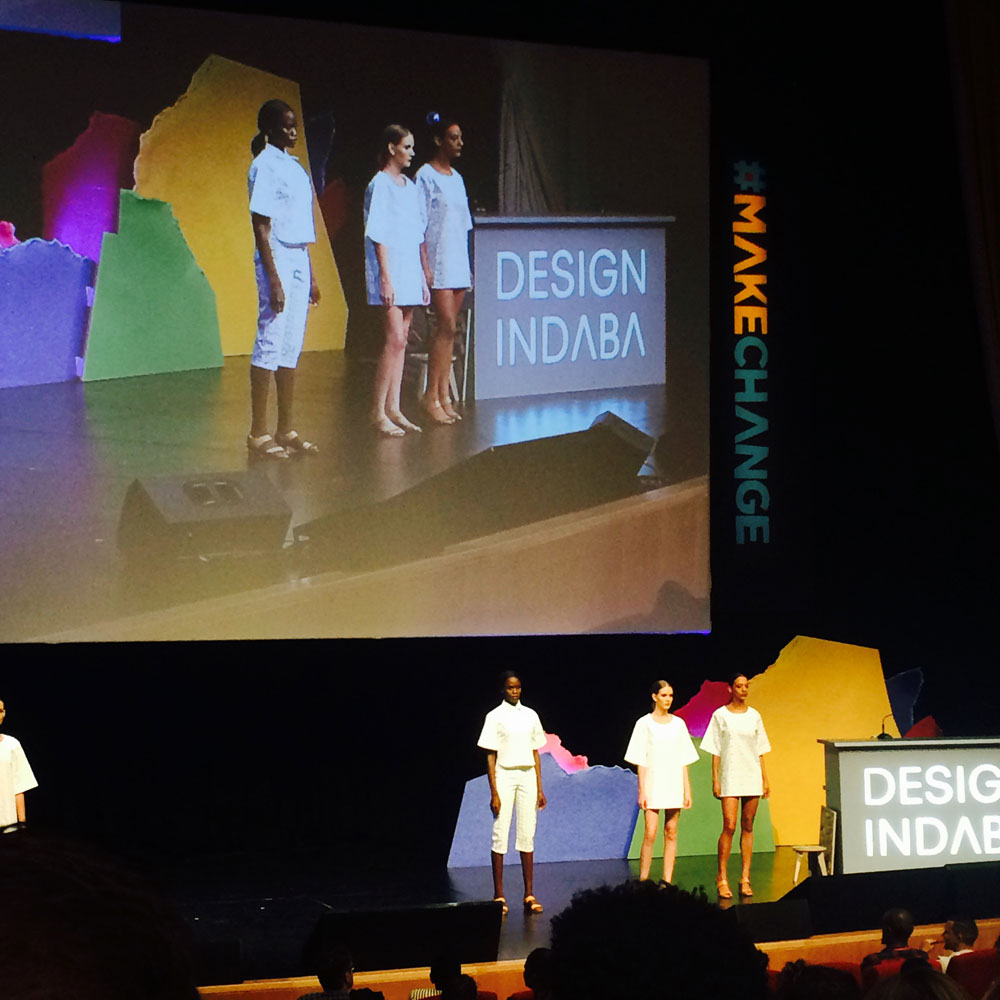
NG’ENDO MUKII (documentary filmmaker)
The Last Africans by Gert Chesi had a profound influence on her. It was one of the books in her father’s huge library.
She talks about the indigenous person and our representation in film and how deletion, editing occurs for the sake of representation. She questioned her privilege and being born into it. What she wanted was “to be an African”.
Concerning ethnography – it’s always about telling a singular story, always suited to the storytelling such as Saartjie Baartman and the story of missionaries. She looked at media in Nairobi, which is so skewed to western ideals of beauty, which naturally go against the grain of our bodies.
Yellow Fever is a film she made about this. A mixed media film that uses illustration, dance, poetry, movement, performance … to highlight issues like skin lightening, just one of the effects of western media on Africa.
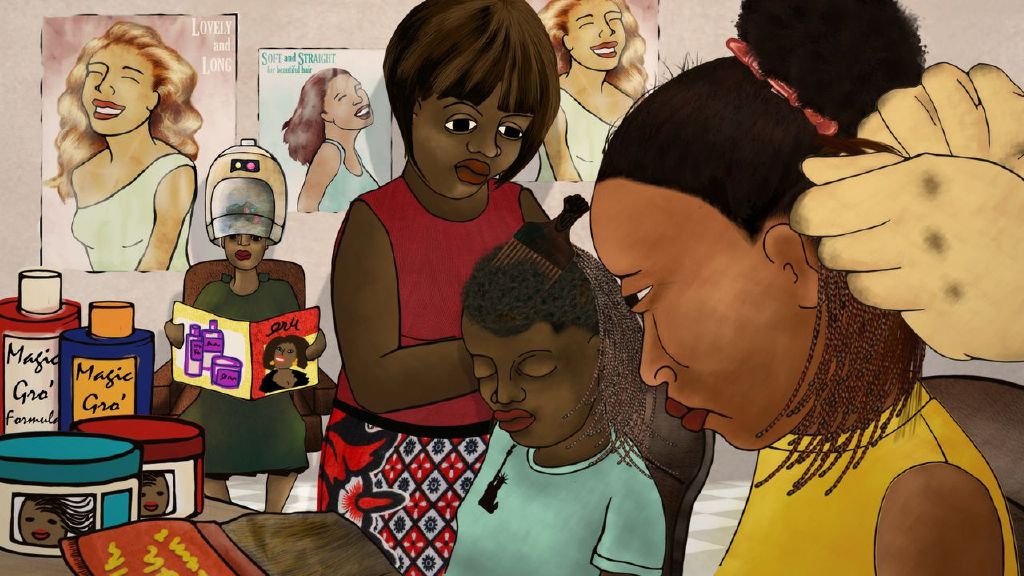
The ethnographer creates the impression of death where life exists vs the taxidermist which creates life where death is.
She proposes using animation for representation and storytelling because it doesn’t pretend to be alive, and illustrations are not tied to a singular story like ethnography. They can be used to emulate something intangible, unlimited by preconceptions.
CASEY NEISTAT (filmmaker)
Neistat begins his talk by taking off his shoes. He says he bought them from Woolworths and they’re cutting into his ankles so he’s taking them off. Being on stage with mismatched has set the tone for an amusing talk ahead.
The point of his talk: The virtue of ignorance; the value of not knowing the right way of doing things in a creative environment should be nurtured.
He got a ticket for not riding his bike in the bike lane, which is often a hazardous place to be and full of obstructions. From then he started making movies and was soon asked to make movies for New York Times.
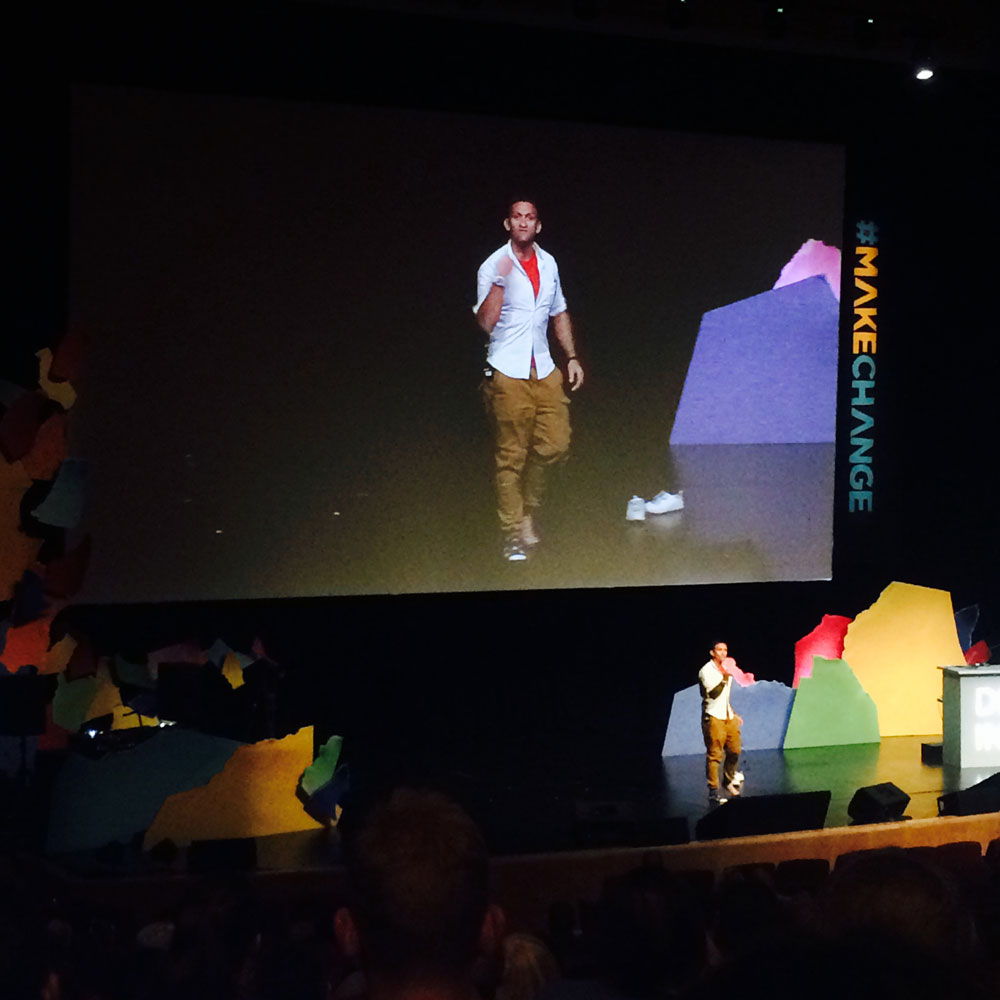
He describes himself as growing up middle class, a public school kid who was perpetually in trouble. He says he never finished high school or went to college.
Now he shares ideas and perspectives through videos. He didn’t know how to make movies or hold the camera or distribute them. He was never taught the correct trajectory or the “right way”. This forced him to forge his own path.
Neistat is showing us a film he made. In it he is flying from New York to CT to surprise a girl. He doesn’t have her address – only one picture of a small house with the backdrop of Lion’s Head. He says he was asked “what happened next?” So he made another film to answer that question. And one after that.
It sort of felt like the audience was being subjected to watching his home videos.